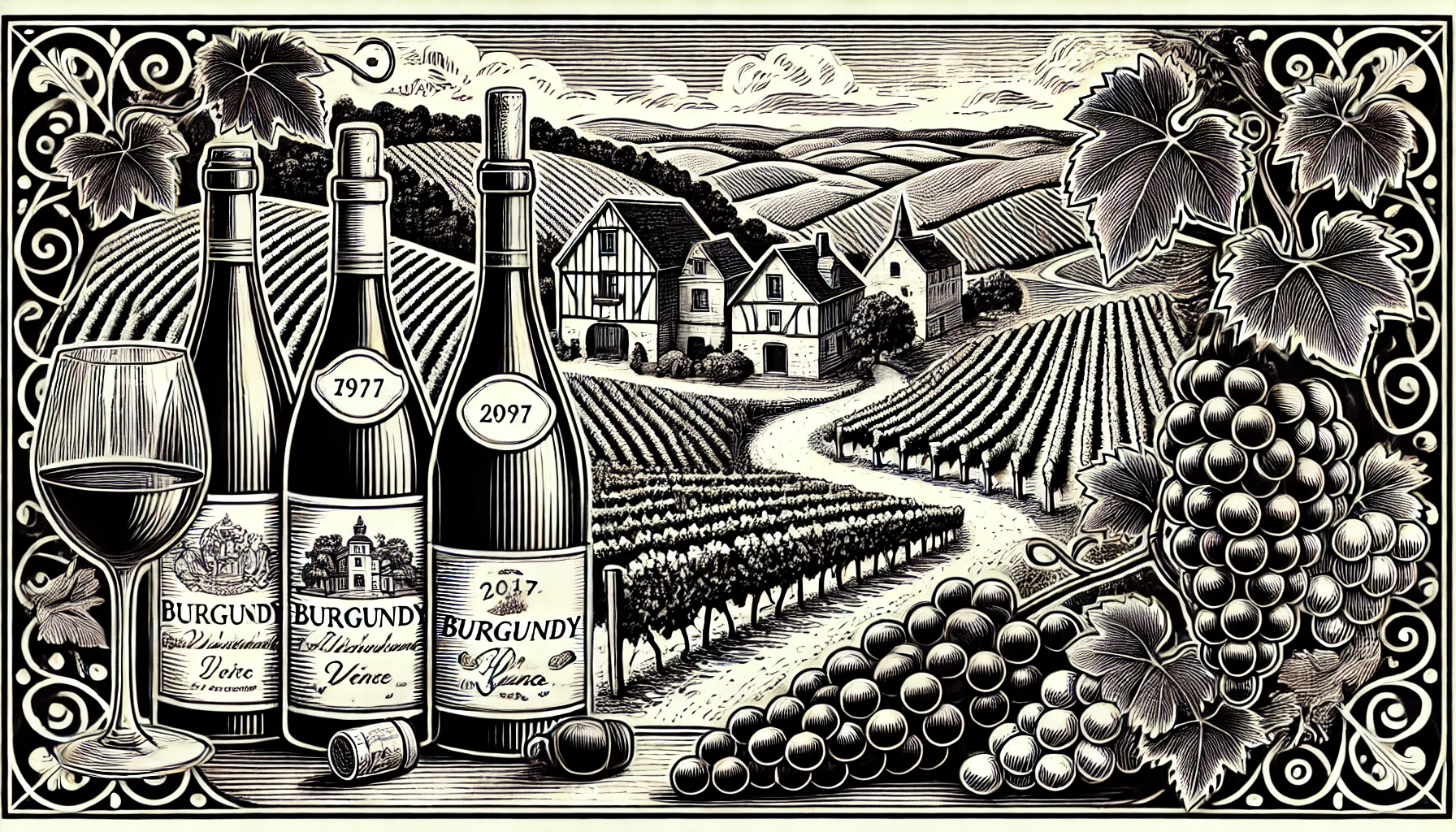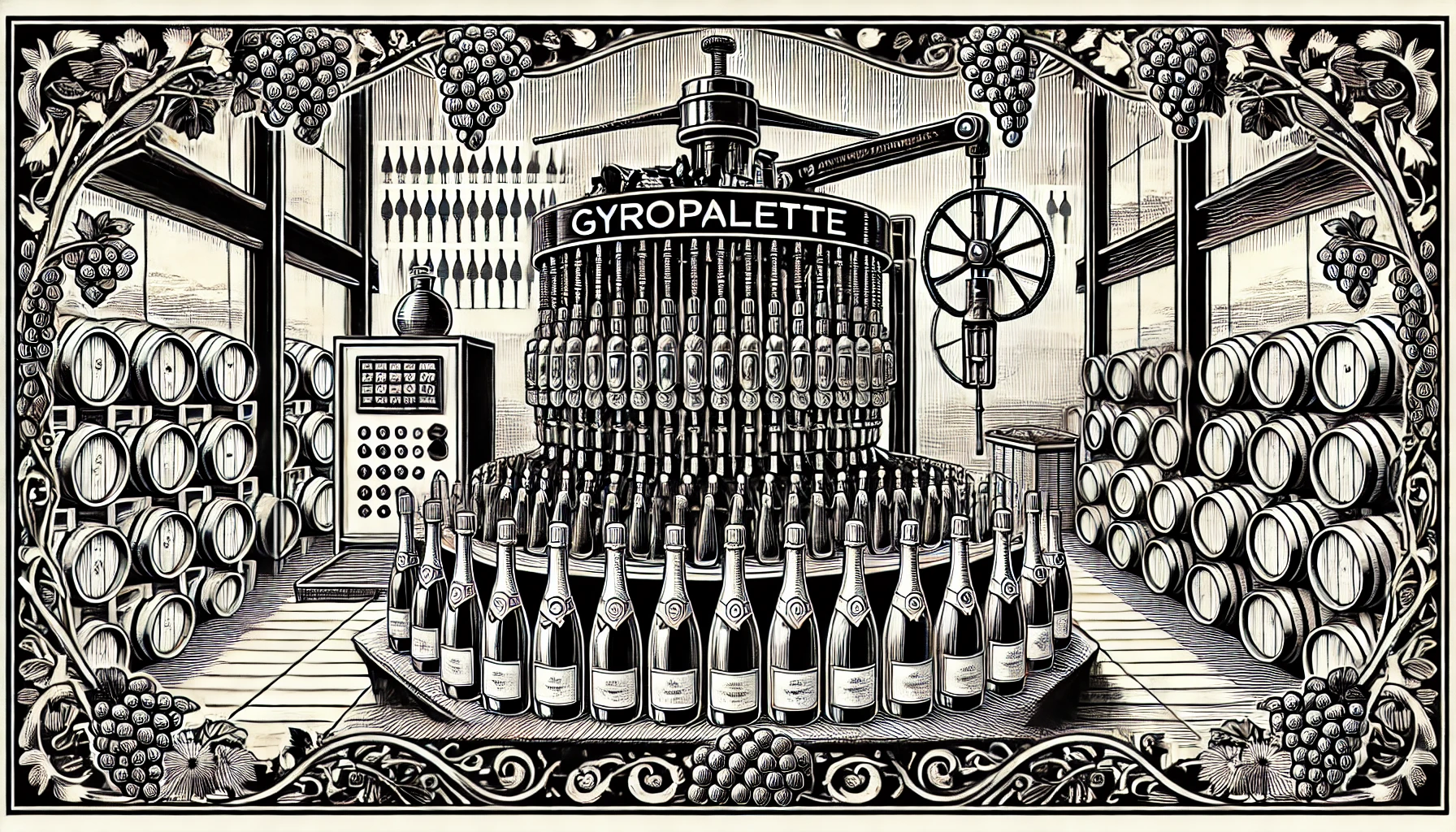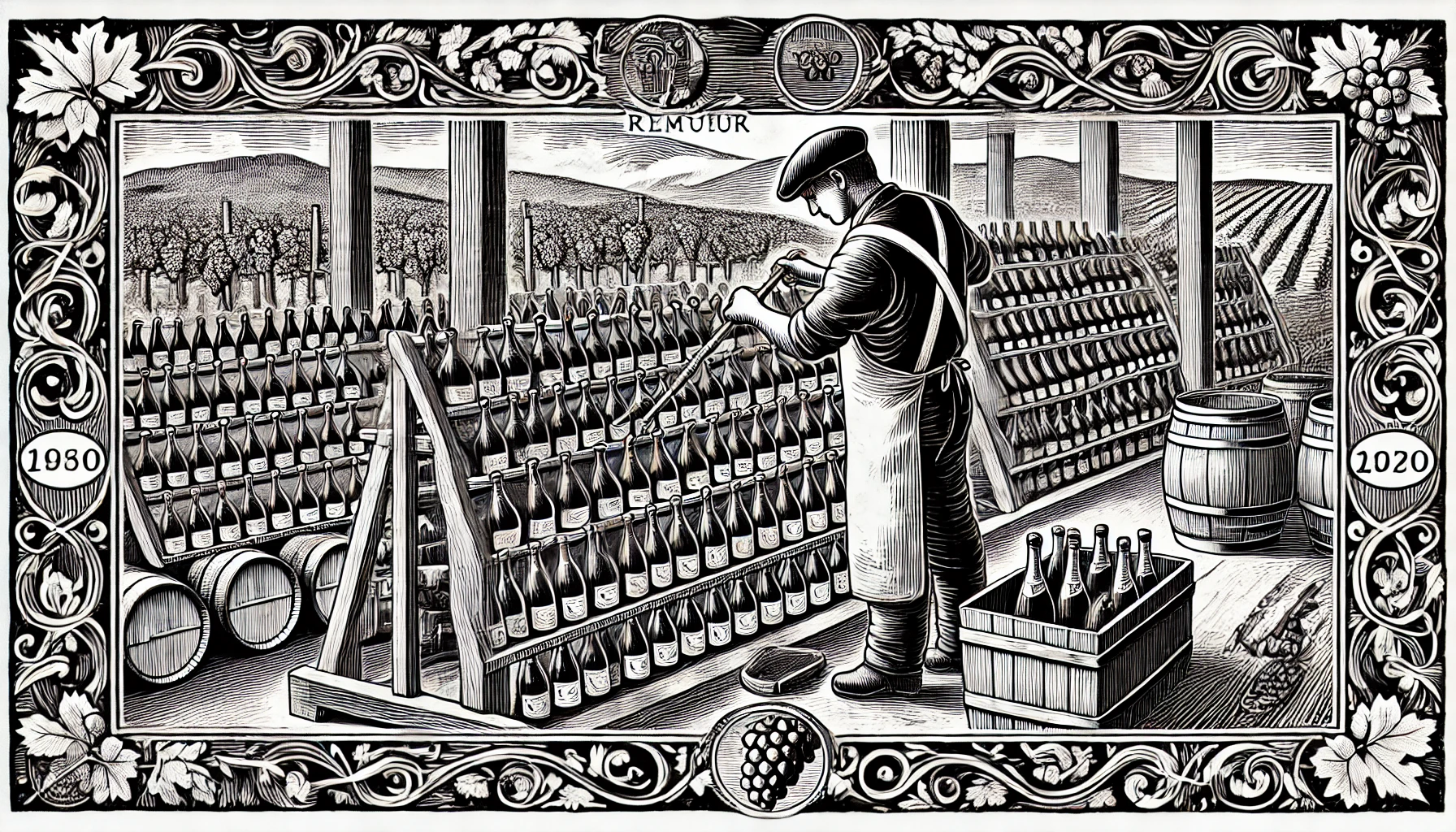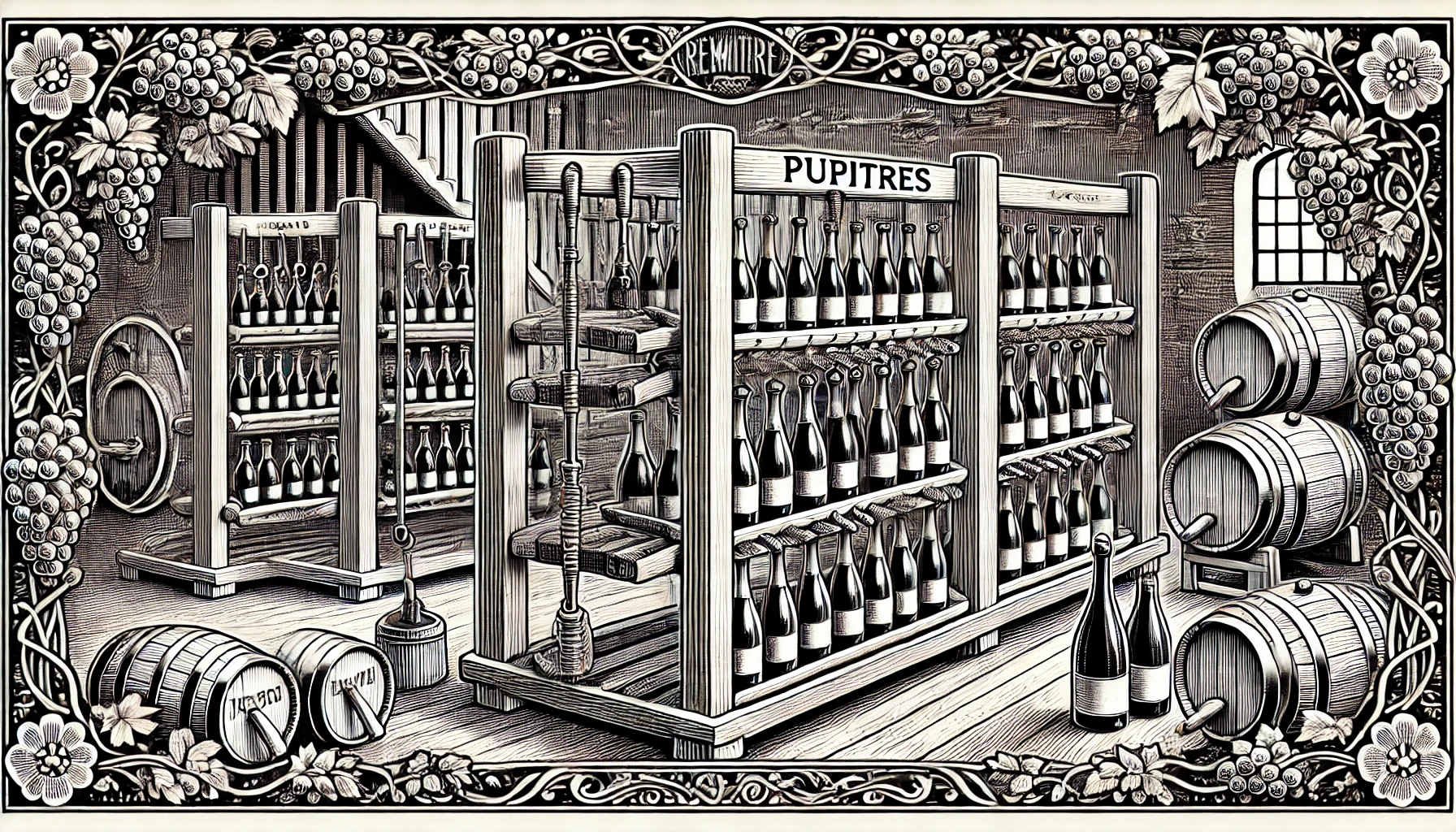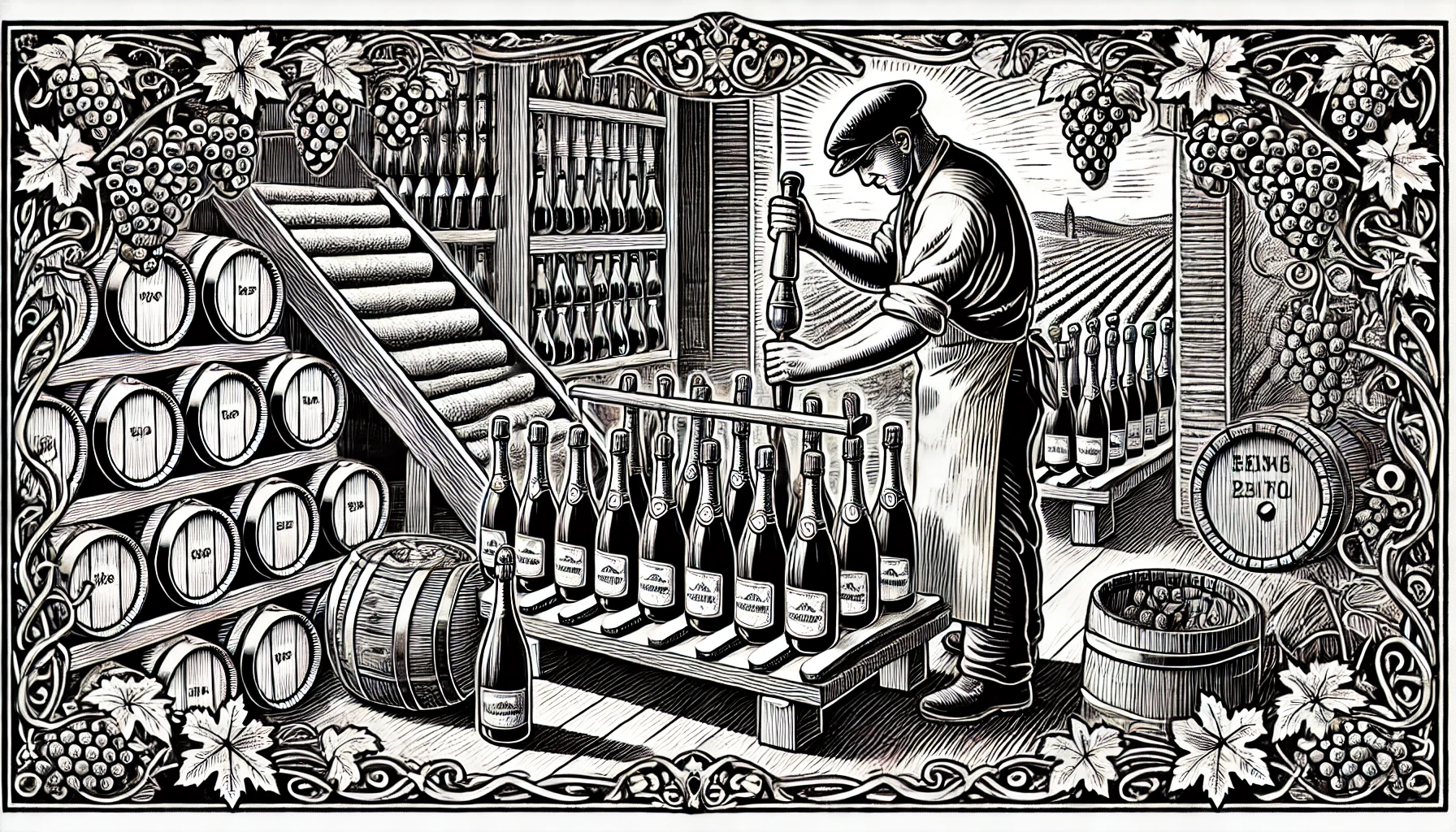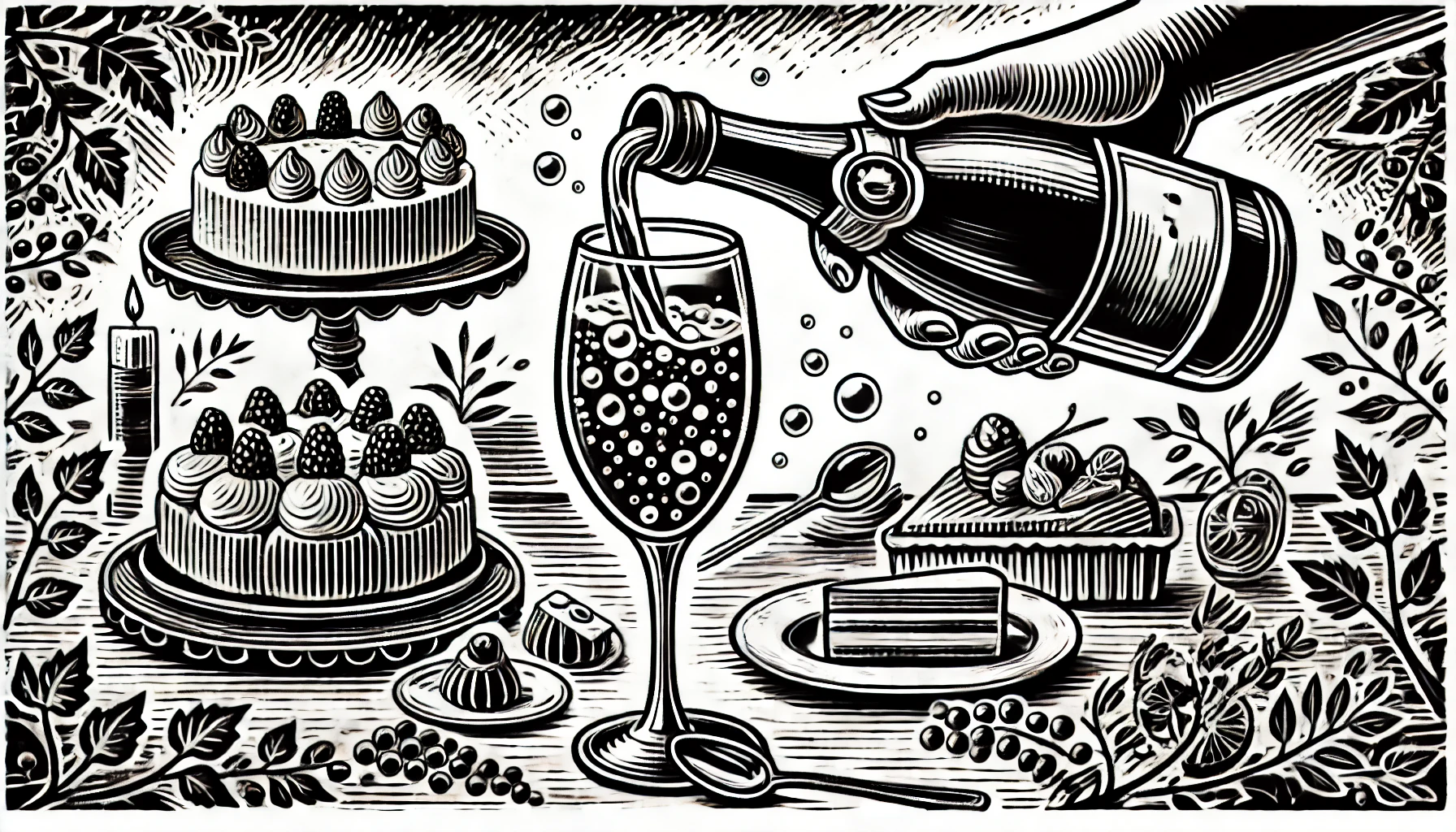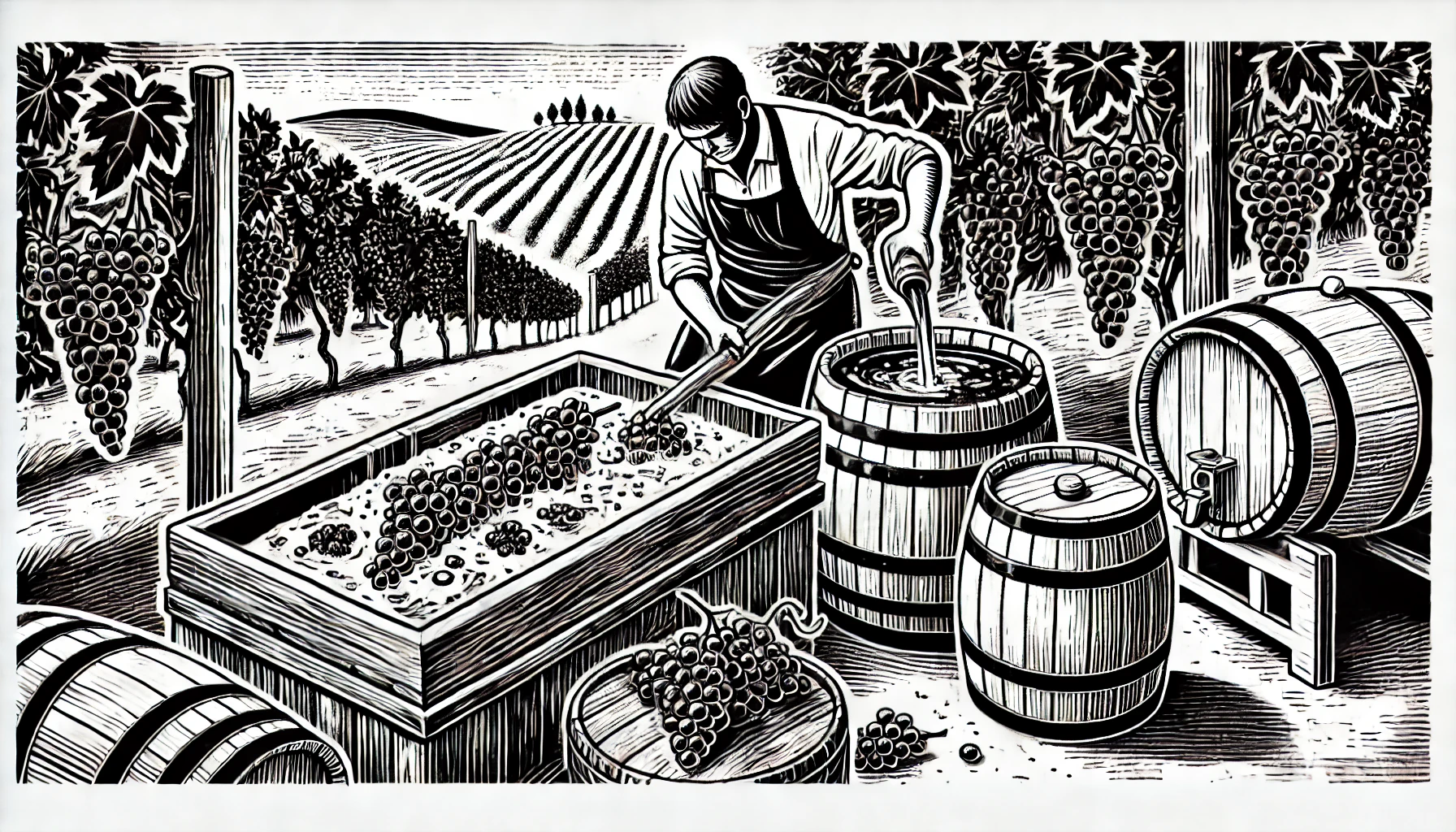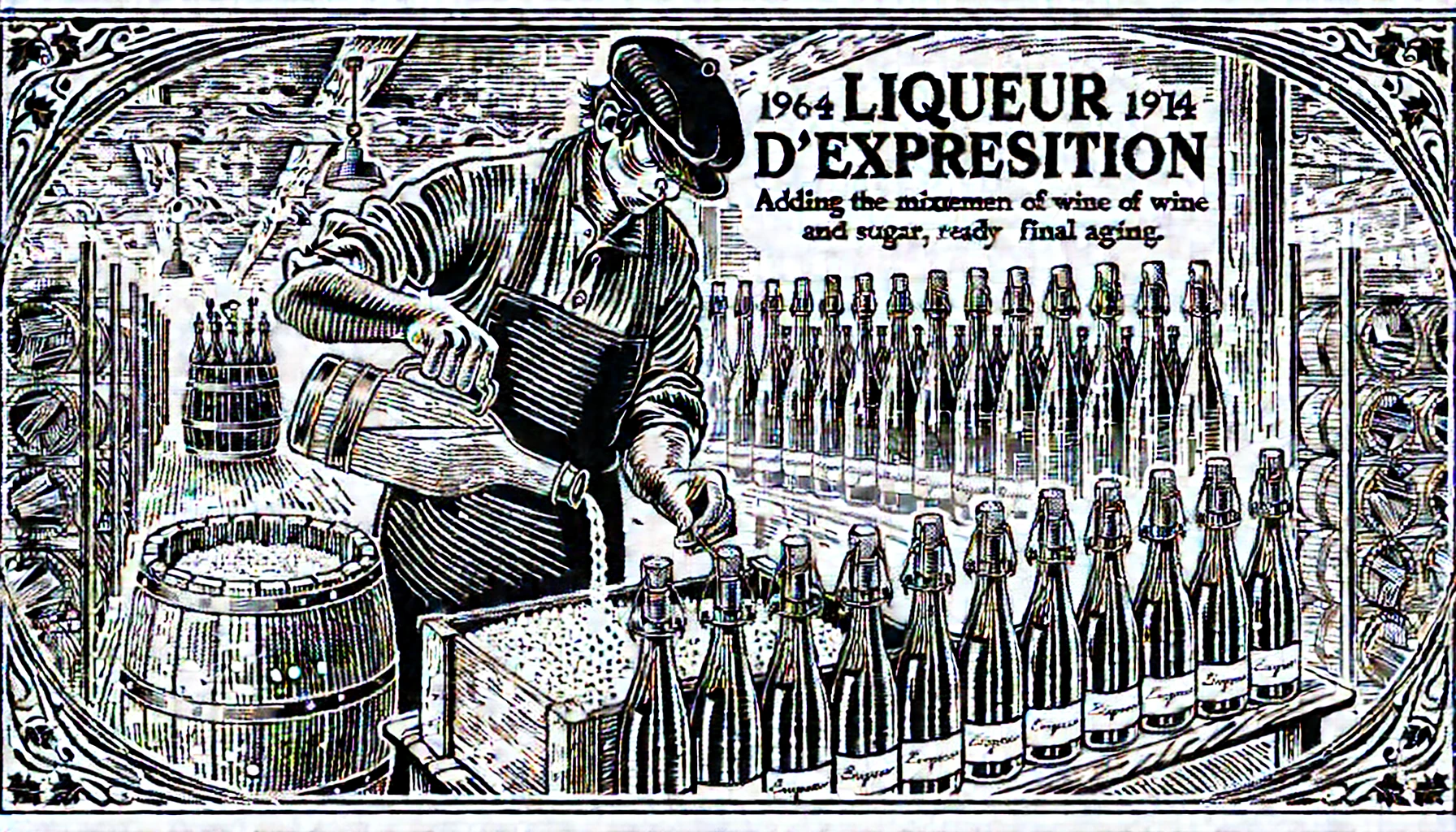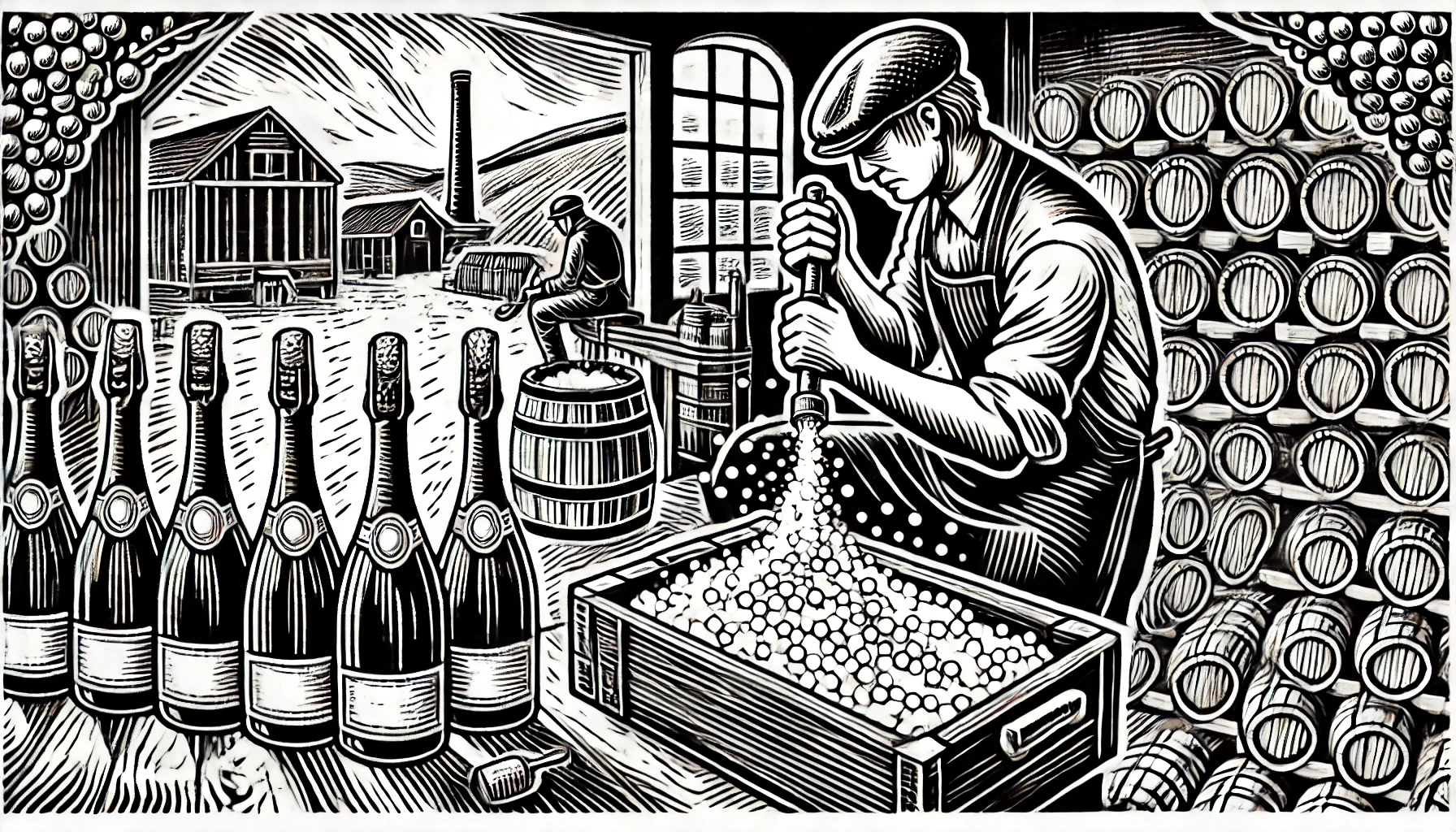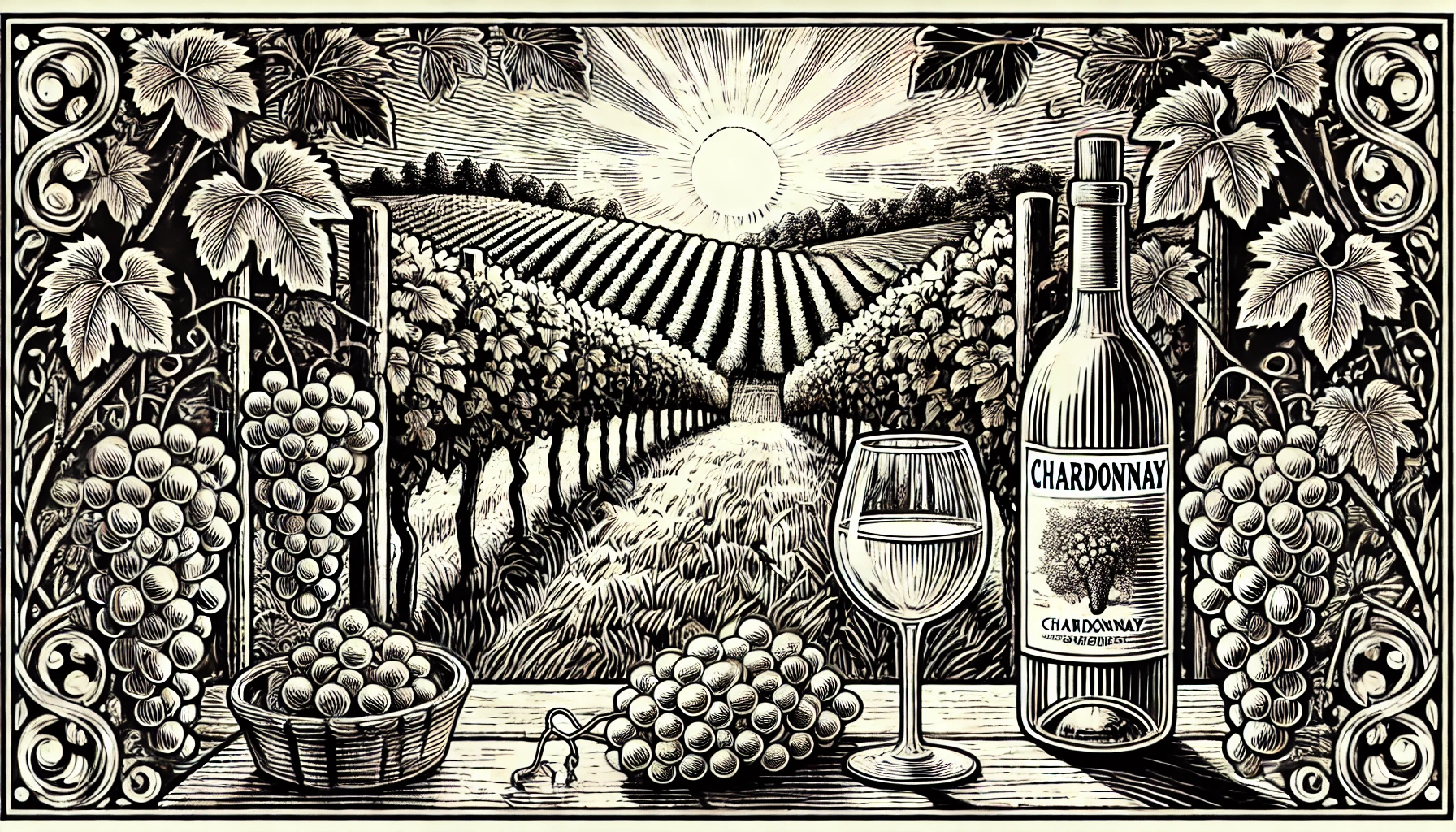
Chardonnay, one of the world’s most popular and widely grown white grape varieties, traces its origins to the Burgundy region of France. Winemakers appreciate this grape because of its versatility and adaptability to different climates. In cool regions like Chablis, Chardonnay often produces wines with crisp acidity and flavors of green apple and citrus. In warmer areas such as California and Australia, the grape develops richer, more tropical fruit notes like pineapple and mango.
Chardonnay’s ability to reflect the terroir where it’s grown makes it a favorite among winemakers and consumers alike. Some styles focus on freshness and minerality, especially when grown in limestone-rich soils, while others may emphasize richness and oak influences. The use of oak barrels can give Chardonnay additional flavors of vanilla, butter, and toast, creating a creamy texture that appeals to many palates. The decision to ferment and age Chardonnay in oak barrels or stainless steel tanks depends on the winemaker’s desired outcome.
Aside from its standalone excellence, Chardonnay plays a vital role in the production of sparkling wines, including Champagne. In Champagne, it is often blended with Pinot Noir and Pinot Meunier to create the world’s most famous sparkling wines. Some Champagnes, called Blanc de Blancs, use only Chardonnay, delivering wines with elegance and finesse.
Chardonnay continues to dominate global wine markets because it appeals to a wide range of tastes. Whether unoaked and fresh or rich and buttery, Chardonnay offers an incredible spectrum of styles. Its flexibility ensures that it remains a staple in the world of wine, from everyday bottles to high-end, collectible wines.
Curious about more wine terms and insights? Visit our Wine Wiki section and explore the basic wine terms for expert definitions and tips!
